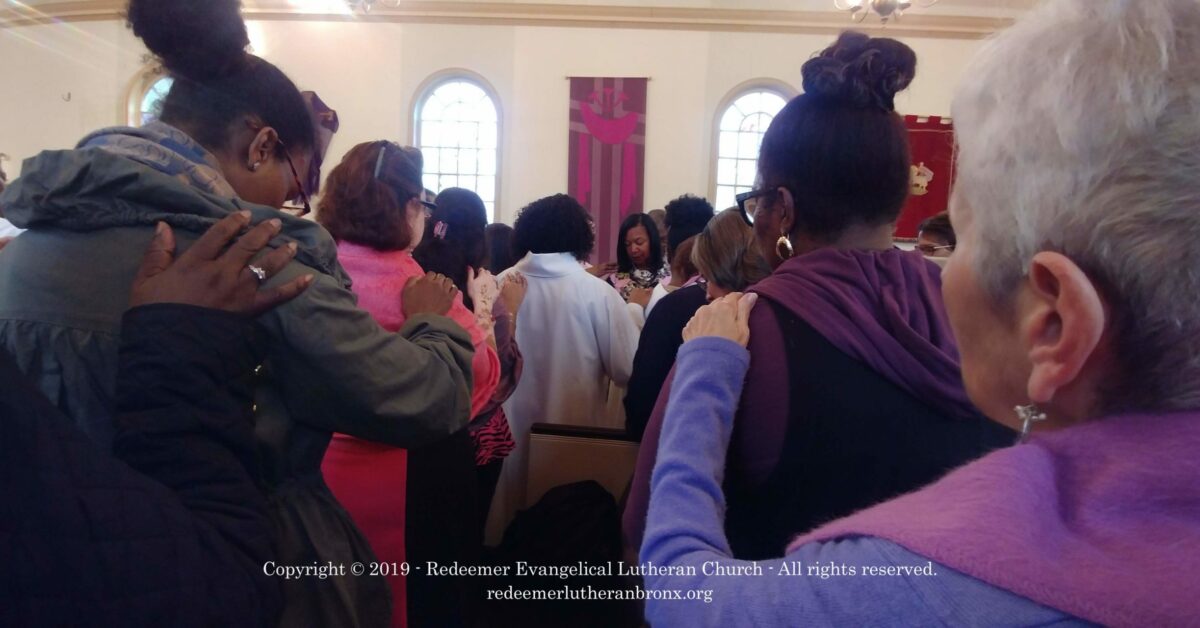A Ritual Journey: The Stage of Inquiry
As I indicated last week faith formation is structured on two paths: the Ritual path and the Catechetical path. The catechetical path is less structured than the ritual path since it is dependent upon the degree of faith formation of each individual catechumen. The ritual path is more structured since rites punctuate ones process through the catechumenate. These rites mark the transitions from one stage of the catechumenate to the next. Acceptance into the Order of Catechumens/Welcome of Inquirers to the Catechumenate marks the transition from the period of Inquiry to the Catechumenate proper. The Rite of Election for Initiation/Enrollment of Candidates for Baptism marks the transition into preparation for the Rites of Initiation/Baptism and joining the assembly of faith. The Rites of Initiation (usually at the Easter Vigil) mark the transition to being a child of God. There is no formal rite that marks entry into this first stage: The period of Evangelization and Precatechumenate or Inquiry.
This first stage of Inquiry is a very open-ended period because it is the opportunity for the seeker to begin exploring Christianity and for the church to introduce the seeker to Christianity. It is an informal time of questioning and probing for those curious about the Christian faith. Central to this period are three elements: introduction to the living God in Jesus Christ, to the Word that bears witness to the Triune God, and the life of faith, all three of which are experienced within the life of the local Lutheran congregation. This period attends to the encounter with the Faith on the seeker’s terms. It is a period of focused listening on the part of the assembly and the catechumenal leaders. What are they seeking? What questions do the seekers have? What has their spiritual journey looked like? What encounters have they had with the church before this? The period allows those questions to be engaged in encounter with Christ through the Word. Primary biblical narratives are read and discussed, focused especially on the Gospel accounts such as the readings for each Sunday, and the seekers are asked to reflect on what they have heard. This allows the catechumenal leaders to actively listen to and then bear witness to Christ in relationship to the seekers’ response to what they have heard. The experience of the liturgy and the community in action also allow opportunities for reflection. What have they seen and experience in the liturgy and in the community’s life together? What sense do they make of it? How does it influence what they are seeking? What does it tell them about God for this community? What questions do they have?
While there are no formal rituals associated with this stage, it is important to mark it in various ways. Prayer and the sign of the cross are two primary rituals that can mark the stage of inquiry. Praying for the seekers while meeting together and also each Sunday in worship marks their importance to the community and the attention the community gives to their walk into inquiry. The sign of the cross, at an appropriate point in the biblical narratives discussed and the personal progression of each individual, can also mark progress through the period of inquiry and the reception of the seeker to what they are hearing and experiencing. It marks the Spirit’s ongoing work of conversion to a life of faith.
That is a brief description of the Stage of Inquiry and the rites that may mark the journey through it. If you are interested in further resources regarding the Stage of Inquiry email me either through FormingLutherans.org or at burresonk@csl.edu. Next week we’ll turn to the Stage of the Catechumenate and the Rite of Acceptance or Welcome.
